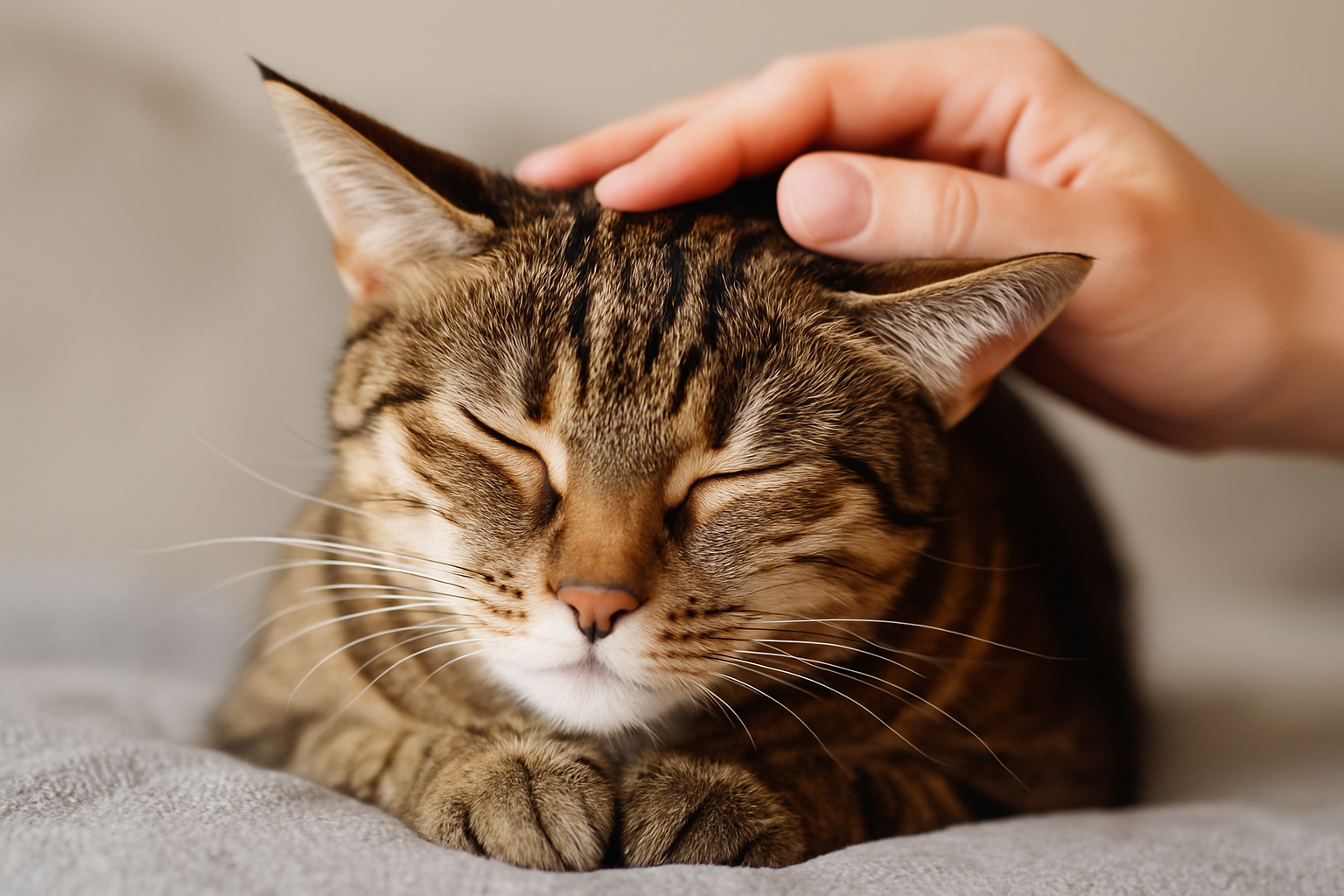
🐱 Why Cat Pain Management Is Often Overlooked
Cats are naturally stoic animals. In the wild, showing signs of pain could make them appear weak, so domestic cats instinctively hide discomfort. Unfortunately, this makes it difficult for pet parents to recognize when something is wrong. That’s why cat pain management starts with knowing the subtle signs and taking action early.
If untreated, pain in cats can lead to behavioral problems, appetite loss, depression, and even a decline in physical health. Whether caused by arthritis, injury, dental disease, or chronic conditions, pain should never be ignored.
🕵️♀️ Signs Your Cat May Be in Pain
Cats rarely cry out when in pain. Instead, look for these behavioral and physical changes:
- Hiding or avoiding interaction
A social cat that suddenly retreats under the bed or avoids family members may be experiencing pain. - Changes in grooming habits
Cats in pain may stop grooming entirely or overgroom one area, especially if it’s sore or inflamed. - Decreased appetite
Pain, particularly dental pain, can lead to reluctance to eat, even their favorite treats. - Mobility issues
Watch for difficulty jumping, hesitation to use stairs, or a stiff gait—these are common with arthritis. - Litter box issues
A cat avoiding the litter box might associate it with discomfort, especially if bending or squatting hurts.
Check out this detailed guide from International Cat Care for more signs to monitor.
🩺 Safe and Effective Options for Cat Pain Management
Managing feline pain safely involves veterinary guidance and proper medication—not human over-the-counter drugs, which are often toxic to cats.
- Veterinary-prescribed medications
Options include anti-inflammatories, opioids, or gabapentin, depending on the cause and severity of pain. - Joint supplements
Products with glucosamine, chondroitin, or omega-3 fatty acids may help cats with arthritis or joint stiffness. - Laser therapy or acupuncture
These non-invasive treatments are gaining popularity for chronic pain relief. - Environmental modifications
Ramps, heated beds, and low-entry litter boxes can ease the strain on older or arthritic cats.
Always consult your vet for a tailored pain management plan. You can also refer to the Feline Veterinary Medical Association for more treatment ideas.
🏠 How Qualified Sitters Support Cat Pain Management
When you’re away, it’s critical that caregivers know how to spot and report changes in behavior or condition. At Qualified Pet Services, all of our sitters have veterinary experience and are trained to monitor signs of discomfort, medication compliance, and changes in daily habits.
Our in-home visits ensure your cat stays in a familiar environment, reducing stress while still receiving attentive care. Learn more about our cat care services and how we support pet parents managing chronic conditions.
⏰ Why Early Action Makes a Difference
Just like in humans, early intervention in cats leads to better outcomes. When pain is addressed promptly:
- The progression of chronic conditions can be slowed
- The cat’s quality of life improves
- You reduce the risk of secondary issues like muscle atrophy or behavioral decline
Don’t wait for obvious signs. If something seems “off,” trust your instincts and speak with your veterinarian.
📌 Disclaimer
This article is for informational purposes only and does not replace professional veterinary care. Always consult your veterinarian before starting or changing a pain management plan.
📚 References
- International Cat Care. (n.d.). Cat Pain – Physiological and Behavioural Signs. Retrieved from https://icatcare.org/advice/cat-pain-physiological-and-behavioural-signs/
- American Association of Feline Practitioners. (n.d.). Chronic Pain in Cats. Retrieved from https://catfriendly.com/feline-diseases/chronic-pain/
- ASPCA. (n.d.). Cat Care. Retrieved from https://www.aspca.org/pet-care/cat-care
- VCA Animal Hospitals. (n.d.). Managing Chronic Pain in Cats. Retrieved from https://vcahospitals.com/know-your-pet/managing-chronic-pain-in-cats


